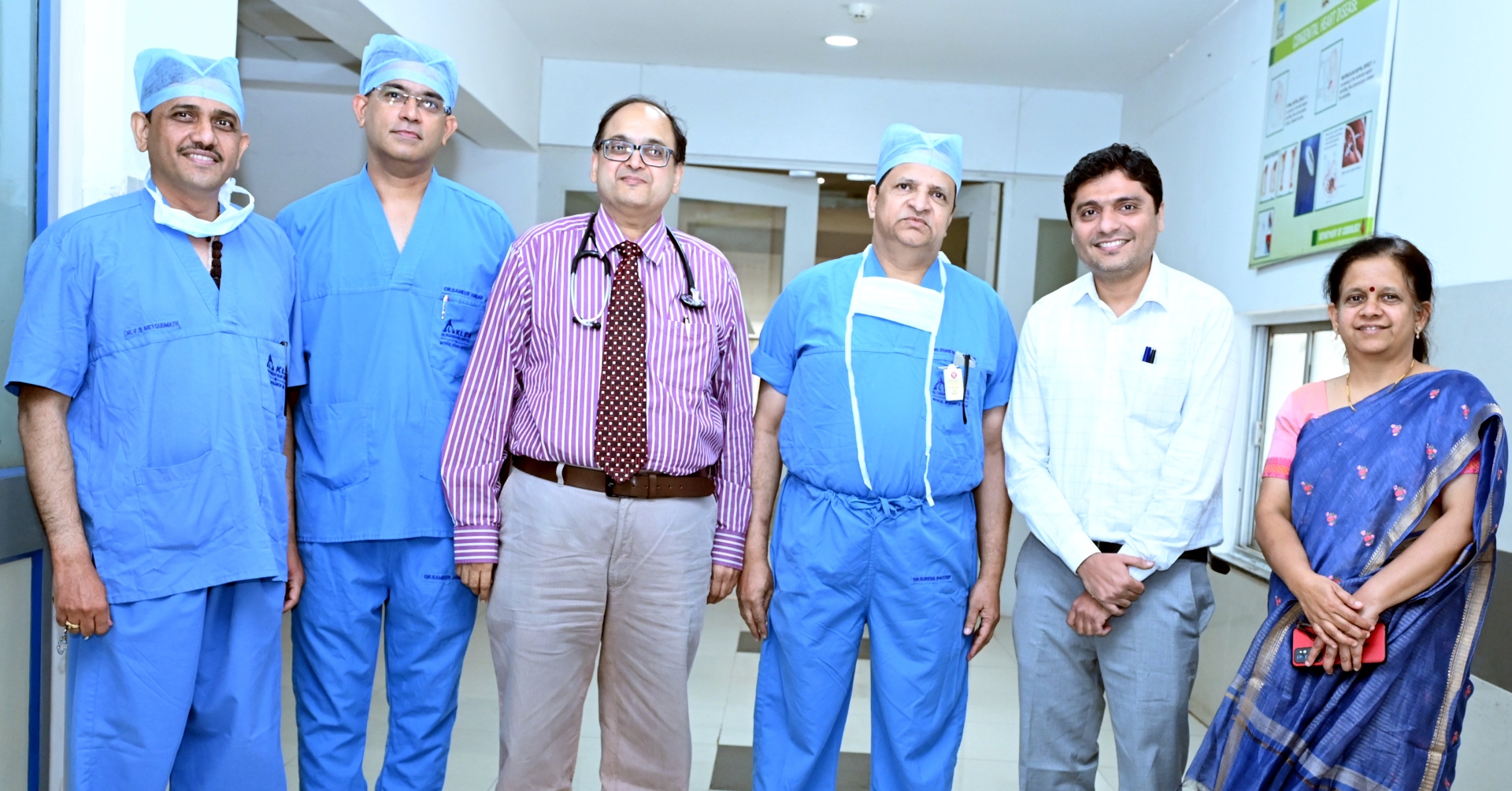Neonatologist from Goa was part of medical team

BELAGAVI
A team of doctors at the KLES Dr Prabhakar Kore Hospital here have performed a lifesaving interventional procedure on a 40-day-old Goan baby.
This is a rare procedure performed on a beating heart using small tubes called catheters. Through these small tubes, which are put through the blood vessels via key holes in the groin, angioplasties are done avoiding doing open-heart surgery.
This is the second such surgery performed at the KLES Hospital on a Goan child within a couple of months.
The child was suffering from a complex cyanotic congenital heart defect and was refused surgery due to high risk and complexity. A hole in the heart causes mixing of the oxygenated and deoxygenated blood. Taking up the challenge the KLES team performed this surgery.
“The parents brought the child at midnight. As we had carried a similar type of surgery successfully, the baby was referred by doctors at GMC hospital in Goa. The baby’s condition was highly complex as oxygen content was very low. The situation looked complex,” Dr Danish Memon, who headed the surgery, informed The Goan.
The surgery was highly challenging as hardware and stent used for adults had to be used. The complexity of the case is unparalleled and required a multidisciplinary team comprising Dr Manisha Bhandankar, Dr Danish Memon, Dr Suresh Patted, Dr Sanjay Porwal, Dr Manjunath and the technical staff in the cath lab led by Mr Rajesh T.
“This surgery can be carried only at the KLES Hospital as it requires a strong team and world class infrastructure. KLES is the only hospital in Southern Maharashtra, North Karnataka and Goa region.,” Dr Memon said.
“Neonatologist Dr Manisha Bhandankar, who hails from Goa, too played a pivotal role in the medical team.”
Noted cardiologist Dr Suresh Patted who rendered valuable guidance said such a rare condition is seen in one out of 10,000 babies.
“This procedure was done at a lower expenditure with lower risk. After the surgery, the hemodynamics gradually improved and a cardiac evaluation on follow up had shown great results. The baby has put on some weight and has become more active. The baby was discharged after a week post procedure,” Dr Memon said.